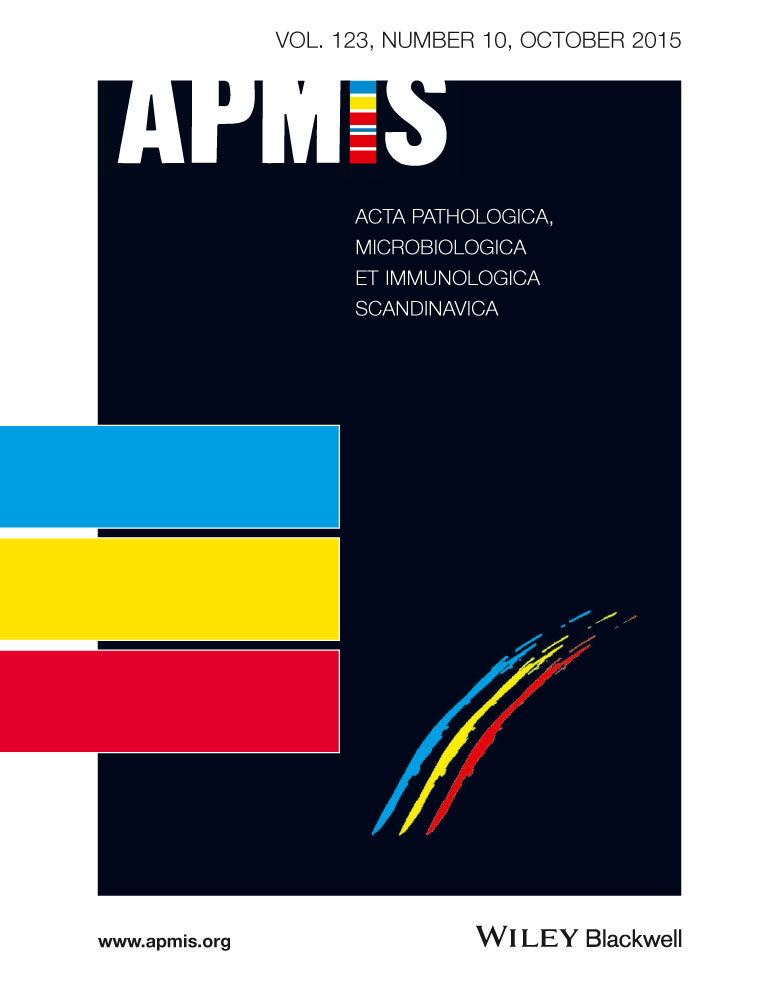Differences in the ARID-1 alpha expressions in squamous and adenosquamous carcinomas of uterine cervix
Abstract
AT-rich interactive domain 1A (ARID1A) is a tumor suppressor gene involved in chromatin remodeling which encodes ARID1A (BAF250a) protein. Recent studies have shown the loss of ARID1A expression in several types of tumors. This retrospective study was designed to evaluate the differences in tissue expressions of ARID1A in a spectrum of cervical neoplasms. Cervical intraepithelial neoplasms, invasive squamous or adenosquamous carcinomas were identified in 100 patients recently diagnosed as cervical neoplasms based on pathology databases. In this series, there were 29 low- and 29 high-grade cervical intraepithelial neoplasms, 27 squamous cell carcinomas, and 15 adenosquamous carcinomas. Mean age of the patients was 47.8 ± 13 years (20–80 years). It was determined that the expression of ARID1A was statistically significantly down-regulated in adenosquamous carcinomas when compared with non-invasive or invasive squamous cell carcinomas (p = 0.015). Lower levels of the ARID1A expression were detected in cases with adenosquamous carcinomas (60%), low- or high-grade squamous intraepithelial lesion (SIL) (31%), and squamous cell carcinomas (18.5%). Our findings have demonstrated the presence of a correlation between ARID1A expression and adenomatous differentiation of uterine squamous cell carcinomas. Therefore, ARID1A gene may suggestively have a role in the pathogenesis of cervical adenosquamous carcinomas.




